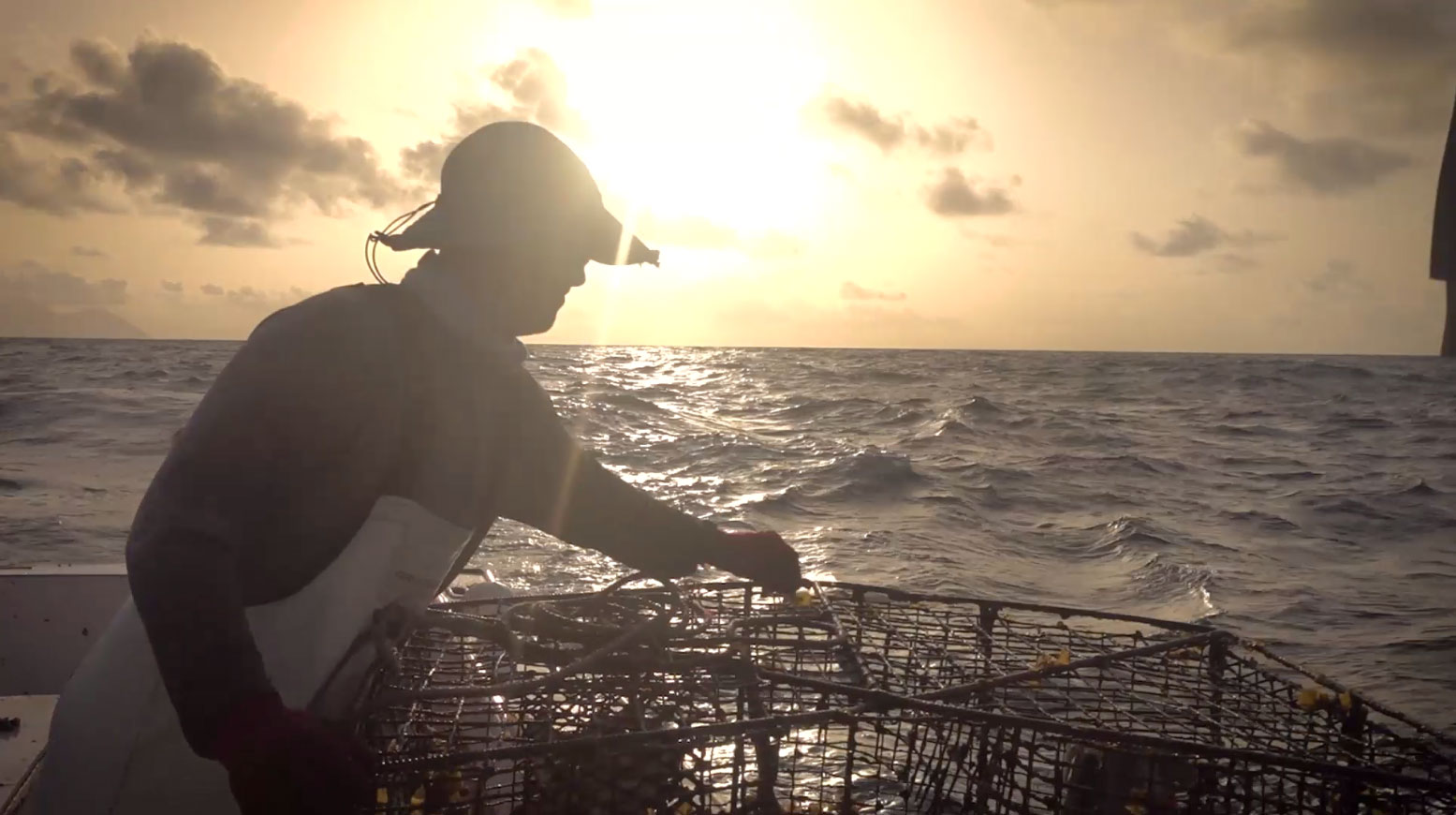Saba Bank video documentary


Central repository for biodiversity related research and monitoring data from the Dutch Caribbean



The “spawn-at-least-once” principle suggests that sustainability is secured if fish become vulnerable to commercial gears only after they have spawned. However, some studies suggest that protecting immature fish is not essential to sustainability because extrinsic factors determine both recruitment and stock status. A meta-analysis was conducted to quantify the independent effects of exploitation pattern and exploitation rate on current stock status. The analysis used empirical data for 38 fish stocks of 13 species in the NE Atlantic. Two metrics of exploitation pattern were used and their sensitivity was compared. As expected, exploitation rate had a sig- nificant negative effect on current stock status. Exploitation patterns associated with high proportional fishing mortality of immature fish also had a significant negative effect on current stock status, providing empirical support for the “spawn-at-least-once” principle. When the fishing mortality of immature fish exceeds half that of mature fish, stock status falls below precautionary limits. Our results suggest that a sensitive metric of exploitation pattern could provide useful information about an aspect of exploitation that is cur- rently overlooked by fisheries management regimes that focus primarily on exploitation rate.

Queen conch (Lobatus gigas) is an important food source and export product for Belize, where extraction is regulated by shell length (SL) and market clean weight (MCW) limits. However, lip thickness (LT) limits are used to manage juvenile mortality and reduce risk of growth overfishing in other countries. Empirical studies suggest relationships between LT and sexual maturity vary spatially and need to be determined locally. This study was conducted to determine the most reliable, easily measurable proxy indicator(s) of maturity and associated target size limits in L. gigas that can effectively restrict harvest of juveniles. Morphological measures (SL, LT, lip width, unprocessed meat weight, MCW, operculum dimensions), gonadosomatic index (GSI) and histological evaluations were recorded from L. gigas collected in PHMR before, during, and after the L. gigas closed season. Upon determining Period 2 (during closed season) as the peak reproductive period, relationships between these variables in Period 2 were examined. No relationship was found in males between SL and maturity, and was weak in females, whereas there were significant curvilinear relationships between LT and GSI for both sexes, suggesting urgent need to base size limits on LT not SL. LT at which 50% of the population was mature (LT50) was 15.51 mm for females and 12.33 mm for males, therefore a 16 mm LT limit is recommended. MCW of female L. gigas was also significantly related to GSI, indicating MCW may be an appropriate management tool in conjunction with LT as it can be measured at landing sites whereas shells are usually discarded at sea. However, MCW at which 50% of females were mature (MCW50) was 199 g and many individuals exceeding LT50 had MCW <199 g, suggesting the current 85 g MCW limit is too low to protect juveniles yet 199 g MCW limit would be too high to substitute the recommended LT limit at landing sites. To minimize short-term impacts yet maximize long-term benefits to fishers’ livelihoods, multi-stage adaptive management is recommended that integrates initial catch reductions, followed by introduction of size limits of 16 mm LT, and 150 g MCW. Adjustable LT and MCW limits determined by fishery simulation could later be introduced.